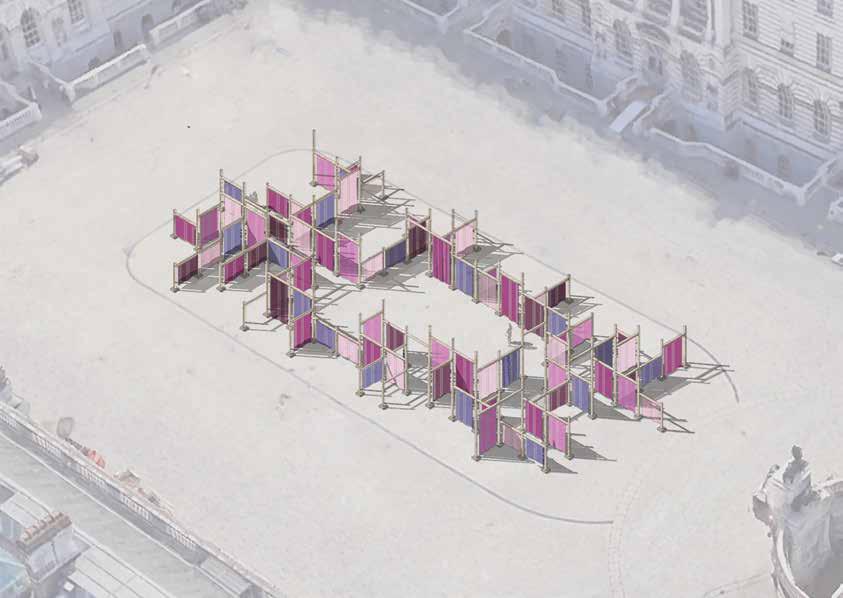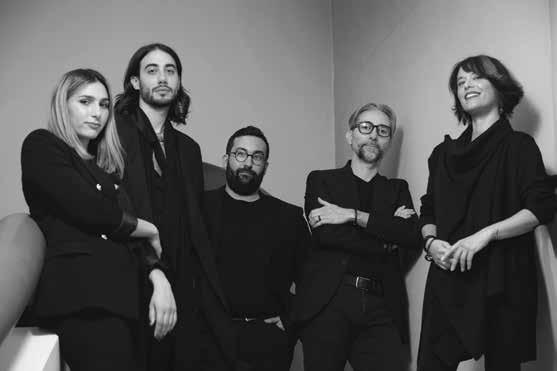
1 minute read
MEMORIES OF FUTURE DESIGN
from Artpaper London #01
by Artpaper
During the final preparations for Malta’s participation in the London Design Biennale, we meet the team behind the concept and actualisation, to hear about their intention behind the design.
June 2023 heralds Malta’s first participation in the relatively new London Design Biennale, an international showcase of design-led innovation, contemporary creativity and research at Somerset House on the banks of the Thames. Arts Council Malta has invested considerably in exporting its creative industries in recent years, with a pavilion at the Venice Biennale since 2017 and several Maltese appearances at international architecture biennials.
Advertisement
I meet the team responsible for the Malta’s pavilion, just a few short weeks before the set-up of their installation; the Open Square collective is made up of four creative practitioners from different fields, fitting nicely with the Biennale’s theme of The Global Game: Remapping Collaborations.

Their work, Urban Fabric, proposes a re-contextualisation of the traditional Maltese village core, combining elements of vernacular urban design with traditional fabric weaving and dyeing techniques. Wood, re-used stone and organic, sustainablyproduced fabric take centre-stage in the installation which is at once structured but also soft and sail-like, placed within a large, formal Georgian square in the centre of London.
MARGERITA PULÈ is an artist, writer and curator, with a Master’s Degree in Fine Arts, and founder of Unfinished Art Space. Her practice and research are concerned with the contradictions of politics and social realities.
The team tells me how Open Square collective came together. Lead creative artist Matthew Joseph Casha and architect Alessia Deguara presented the element of spatial planning and an immersive space. Trevor Borg is an artist and academic, and an established figure in Malta’s contemporary art scene. It was important for the project to have an awareness of the environment, both in terms of the space around it, and in terms of its impact on the earth’s resources. And with couturier and designer Luke Azzopardi on board, the team of four was complete; he brought with him his interest in the specialised techniques of the ancient Phoenicians who for millennia lived, produced and traded in the Mediterranean. The team were inspired by the Phoenicians’ weaving and dyeing techniques in particular, as well as the ingenuity of their use of resources. This ethos; careful attention to
>>










